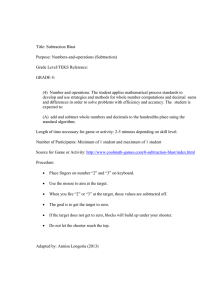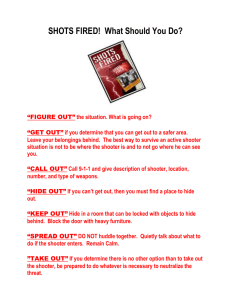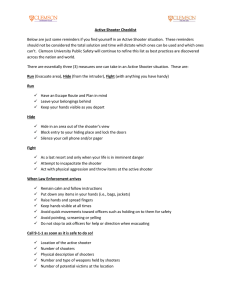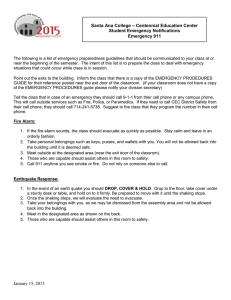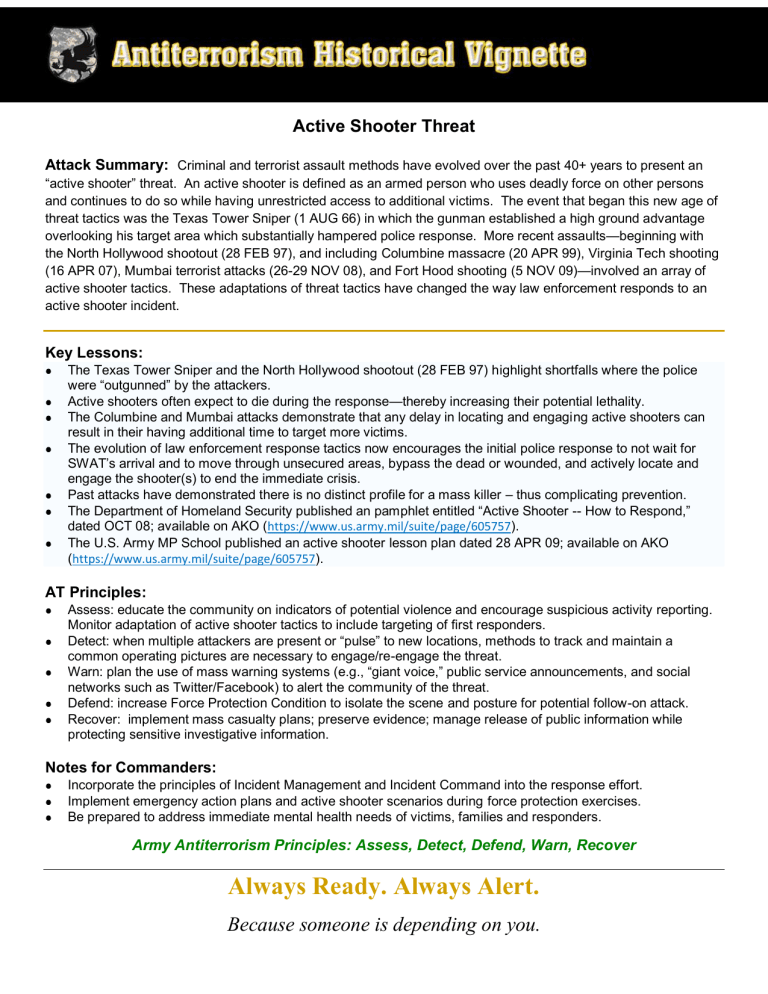
Active Shooter Threat Attack Summary: Criminal and terrorist assault methods have evolved over the past 40+ years to present an ―active shooter‖ threat. An active shooter is defined as an armed person who uses deadly force on other persons and continues to do so while having unrestricted access to additional victims. The event that began this new age of threat tactics was the Texas Tower Sniper (1 AUG 66) in which the gunman established a high ground advantage overlooking his target area which substantially hampered police response. More recent assaults—beginning with the North Hollywood shootout (28 FEB 97), and including Columbine massacre (20 APR 99), Virginia Tech shooting (16 APR 07), Mumbai terrorist attacks (26-29 NOV 08), and Fort Hood shooting (5 NOV 09)—involved an array of active shooter tactics. These adaptations of threat tactics have changed the way law enforcement responds to an active shooter incident. Key Lessons: The Texas Tower Sniper and the North Hollywood shootout (28 FEB 97) highlight shortfalls where the police were ―outgunned‖ by the attackers. Active shooters often expect to die during the response—thereby increasing their potential lethality. The Columbine and Mumbai attacks demonstrate that any delay in locating and engaging active shooters can result in their having additional time to target more victims. The evolution of law enforcement response tactics now encourages the initial police response to not wait for SWAT’s arrival and to move through unsecured areas, bypass the dead or wounded, and actively locate and engage the shooter(s) to end the immediate crisis. Past attacks have demonstrated there is no distinct profile for a mass killer – thus complicating prevention. The Department of Homeland Security published an pamphlet entitled ―Active Shooter -- How to Respond,‖ dated OCT 08; available on AKO (https://www.us.army.mil/suite/page/605757). The U.S. Army MP School published an active shooter lesson plan dated 28 APR 09; available on AKO (https://www.us.army.mil/suite/page/605757). AT Principles: Assess: educate the community on indicators of potential violence and encourage suspicious activity reporting. Monitor adaptation of active shooter tactics to include targeting of first responders. Detect: when multiple attackers are present or ―pulse‖ to new locations, methods to track and maintain a common operating pictures are necessary to engage/re-engage the threat. Warn: plan the use of mass warning systems (e.g., ―giant voice,‖ public service announcements, and social networks such as Twitter/Facebook) to alert the community of the threat. Defend: increase Force Protection Condition to isolate the scene and posture for potential follow-on attack. Recover: implement mass casualty plans; preserve evidence; manage release of public information while protecting sensitive investigative information. Notes for Commanders: Incorporate the principles of Incident Management and Incident Command into the response effort. Implement emergency action plans and active shooter scenarios during force protection exercises. Be prepared to address immediate mental health needs of victims, families and responders. Army Antiterrorism Principles: Assess, Detect, Defend, Warn, Recover Always Ready. Always Alert. Because someone is depending on you.
